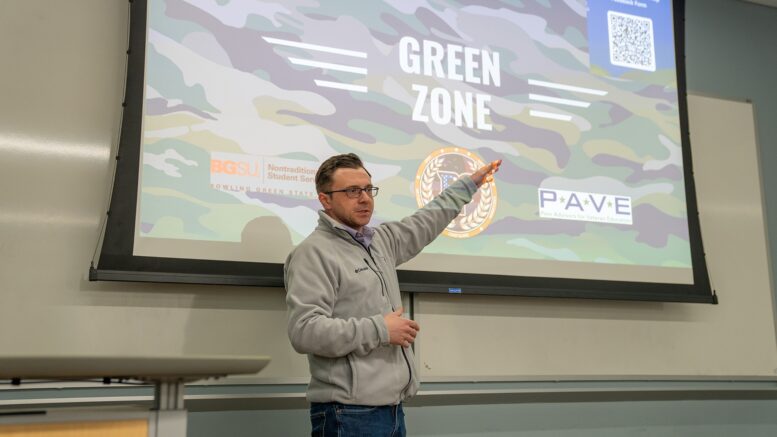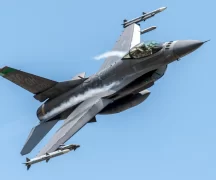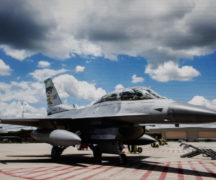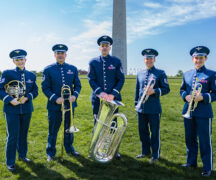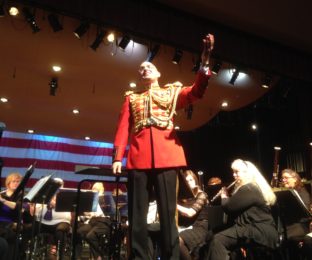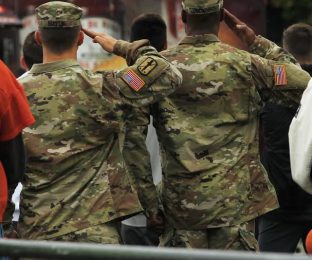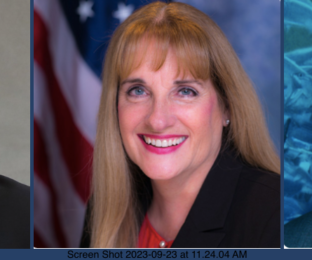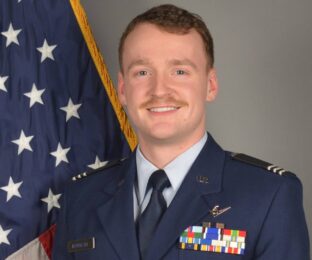military
BG area residents may hear sonic boom this morning as 180th Fighter Wing tests aircraft
180th Fighter Wing to conduct air defense exercise over region this morning
Applications for BG veterans banner program will be accepted until April 12
180th Fighter Wing to conduct nighttime training flights this week
BG community comes together to fly banners throughout city in honor of local veterans
Local residents may hear sonic booms today as 180th Fighter Wing conducts functional check flights
180th Fighter Wing to conduct nighttime training flights, Monday through Thursday
Brass quintet from Air Force Band to perform at BGSU
Lt. Col. Ryan Nowlin pays tribute to his BGSU roots as he takes command of the U.S. Marine Band
…
BG Women’s Club holds National Wreaths Across America Day event at courthouse veterans memorial plaza
…
BGSU retains its top ranking for services for vets & active military students
…
Novelist, rear admiral, & entrepreneur join ranks of BGSU’s Academy of Distinguished Alumni
…
‘Dear Folks’ – 335 letters mailed home tell story of BG boy serving on bomber in WWII
…
BGSU aviation grad to train as NATO combat pilot
…

